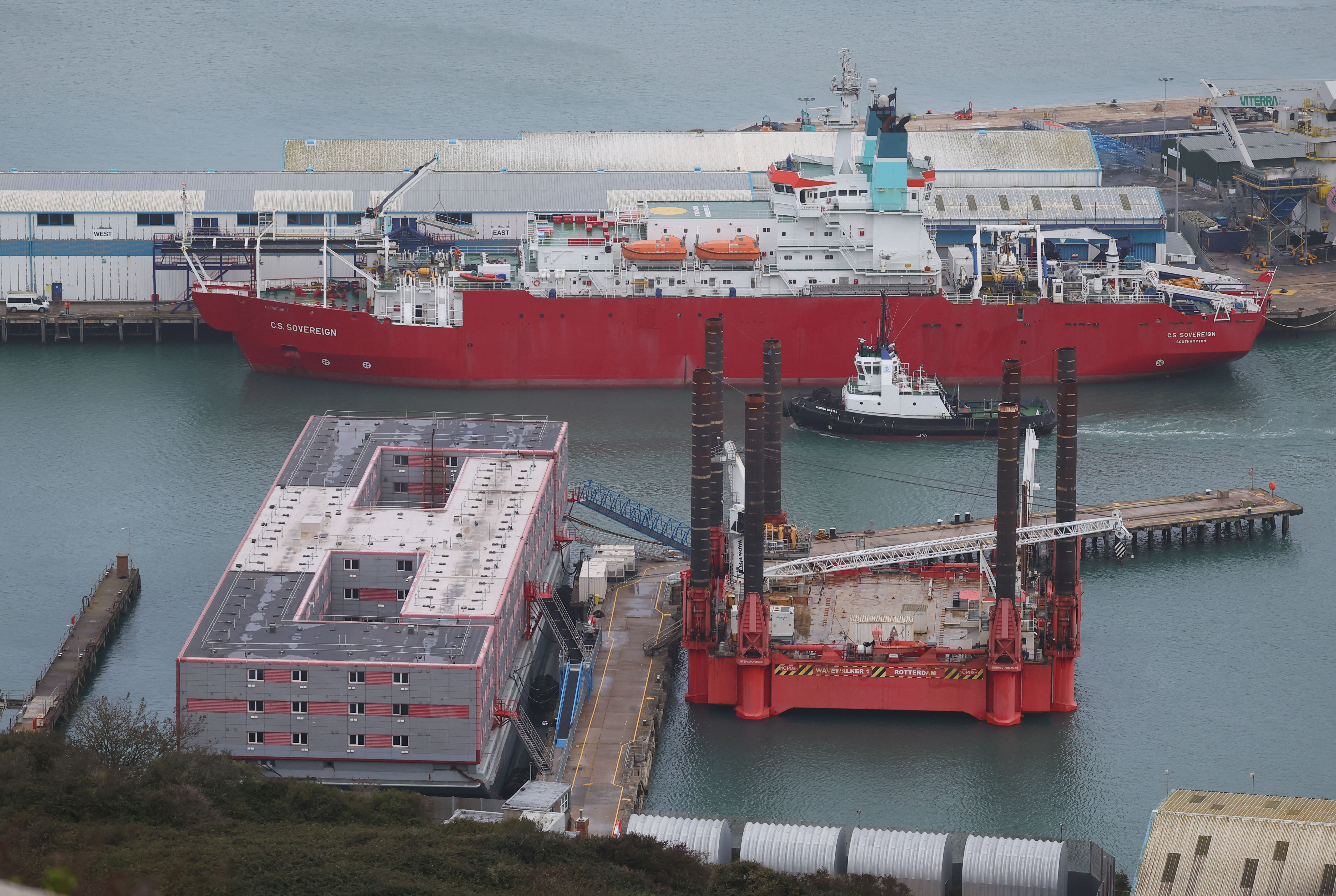Gender is the key issue in new OECD statistics, says migration expert

The dynamics of migration to OECD countries is changing due to the Russia-Ukraine battle and as many as 90 per cent of immigrants from that conflict are women, Hanne Beirens of Migration Policy Institute Europe has told CGTN.
International migration to rich countries reached an all-time high last year, driven by global humanitarian crises and the demand for workers, the Organisation for Economic Co-operation and Development (OECD) said on Monday.
The Paris-based organization estimated 6.1 million new permanent migrants moved to its 38 member countries last year, 26 per cent more than in 2021 and 14 per cent up on 2019. Preliminary figures for 2023 suggested a further increase, the OECD said, indicating that last year’s increase was not solely a post-Covid rebound. Russia’s war in Ukraine has led to the largest refugee refugee surge to the OECD area since the end of the Second World War.
And Beirens, from MPIE, a non-profit, independent research institute that aims to provide a better understanding of migration in Europe, believes the trend towards women and children migrating across the globe represents a huge sea change in how immigration looks.
Beirens said: “Gender is a really important issue. If you look, for example, at the Ukrainian population there, plus 90 per cent are women. And also a large proportion, of course, are children. In the past, for example, in Europe, there tended to be a tendency for more men to come and then bring over their family members at a later stage.
“It’s clear that, for example, with the fact that many of their husbands are still at the battlefield or back home, there’s also a greater expectation that these people will eventually return.”

The Bibby Stockholm barge in Portland is being used by the British government to house asylum seekers. /Toby Melville/Reuters
The Bibby Stockholm barge in Portland is being used by the British government to house asylum seekers. /Toby Melville/Reuters
She added: “With other groups there’s an expectation that these people will have to be integrated, places will have to be generated in schools and the like. So it’s a very different kind of approach that you need in order to deal with these different kinds of populations.”
The gap in employment rates between immigrant and non-immigrant mothers is as much as 20 per cent. The OECD is an intergovernmental organisation with 38 member countries, founded in 1961 to stimulate economic progress and world trade.
Beirens added: “Yes, it’s quite large. And given the need for more labor in these different countries, really making sure that we can mobilize the resources already present in a given society is very important.
“(For) women who come here and do not necessarily have the support of a partner or a broader family, it’s very hard for them to apply for jobs, to maintain jobs. So it’s really important that we think about other areas such as childcare. But those are, of course, the areas where there’s a lot of pressure already in host countries and also for for local populations.”
READ MORE:
Gazans running out of places to shelter, says UN
Gaza healthcare system on ‘verge of complete collapse’ – UK surgeon
Israel delayed by logistics, politics and the ‘Gaza Metro’ – expert
Given the shortage of labor in many rich OECD nations, there is a need for workers but the hope among governments affected is that refugees will be able to fit better into the local marketplace.
“There’s really a growing recognition across the globe about these labor shortages. And so we also see within Europe a slow trend towards reconfiguring this. A country that has drastically reviewed its labor migration policy and procedures is Germany,” explained Beirens.
“They said, ‘In order to make sure that our companies can be competitive on the global scene, on the national scene, we need additional labor’ – (and) they’re going to bring in 400,000 labor migrants every year and (that) also means working together with third countries to really be clear of how can we attract migrants, (also) what kind of modality do we go for?
“Is it, for example, a more kind of longer-term labor migration, or do we, for example, work with the modality that Spain has also practised in the past, which is circular migration – seasonal migrants that come and go?”

Subscribe to Storyboard: A weekly newsletter bringing you the best of CGTN every


